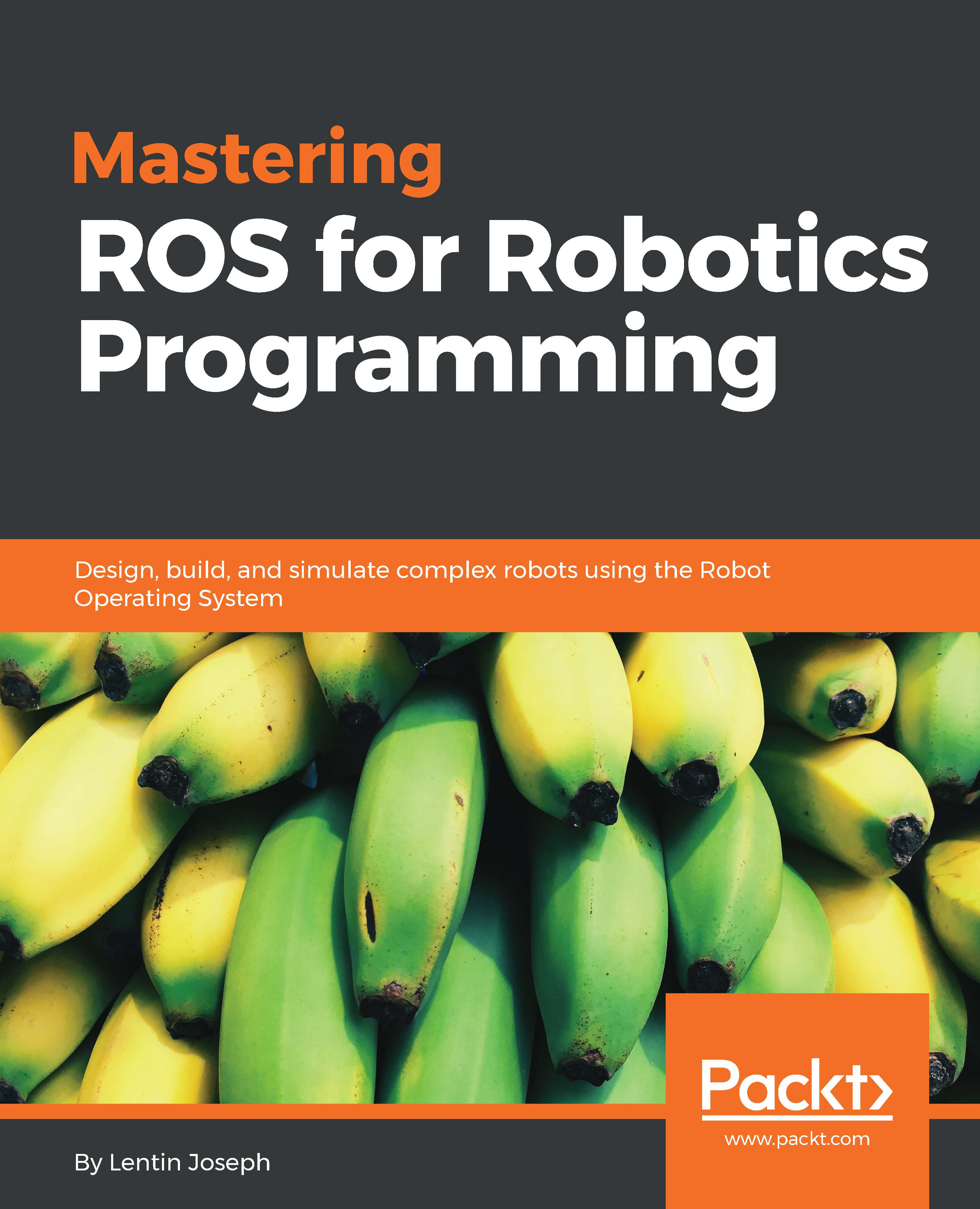Understanding ROS Navigation stack
The main aim of the ROS navigation package is to move a robot from the start position to the goal position, without making any collision with the environment. The ROS Navigation package comes with an implementation of several navigation related algorithms which can easily help implement autonomous navigation in the mobile robots.
The user only needs to feed the goal position of the robot and the robot odometry data from sensors such as wheel encoders, IMU, and GPS, along with other sensor data streams such as laser scanner data or 3D point cloud from sensors like Kinect. The output of the Navigation package will be the velocity commands which will drive the robot to the given goal position.
The Navigation stack contains implementation of the standard algorithms, such as SLAM, A *(star), Dijkstra, AMCL, and so on, which can directly be used in our application.
ROS Navigation hardware requirements
The ROS navigation stack is designed as generic. There are some...
























































